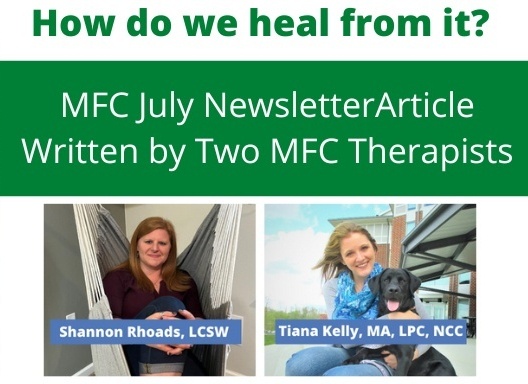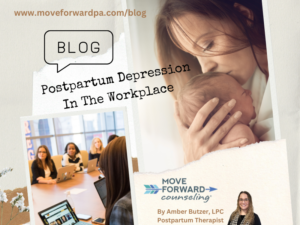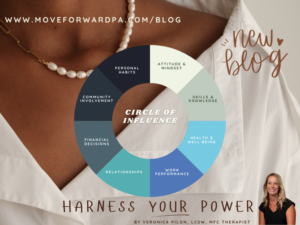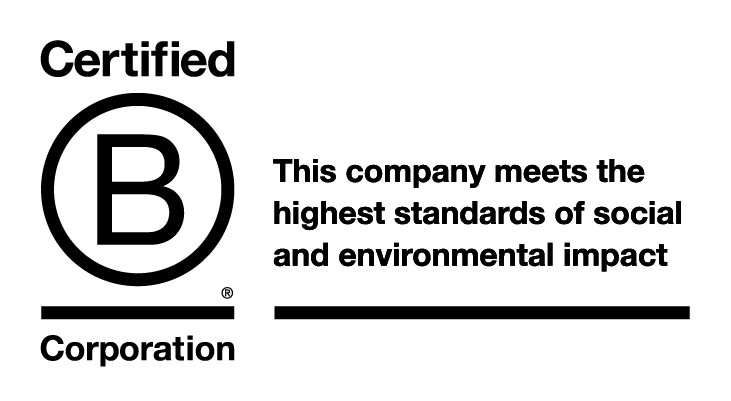Collective Trauma: How do we heal from it?
Navigating day-to-day life can be overwhelming. What happens when we compound our everyday stressors with a pandemic, war and mass violence, political uncertainty, health inequities, and social injustice? Fear, panic, anxiety, sadness, guilt, shame, or anger may be the side effects. (1) You might also grieve the loss of someone or something. Perhaps feelings of powerlessness and lack of control arise as you feel concerned for your family, friends, and neighbors. These are all normal responses to a collection of abnormal events.
Healing from Collective Trauma
A Psychology Today article explains that individuals, communities, and society can collectively experience unwanted physiological, psychological, relational, and spiritual consequences due to distressing current events. Traumatic events, such as pandemics and mass violence, threaten our sense of safety, order, and security. (1) We begin questioning our ability to trust, feeling hypervigilant where we once felt safe or experiencing confusion. Our bodies may respond with restlessness, headaches, or disrupted sleep. At the same time, our behaviors reflect changes in eating, attempts to self-medicate, and withdrawal from others. (1)
While these responses are unpleasant, knowing their impacts are often temporary can be helpful. Symptoms mirroring posttraumatic stress disorder (e.g., hypervigilance, nightmares, intrusive memories) arising after a trauma, crisis, or disaster will subside for most people within two to three weeks after the event. Individuals at-risk for prolonged symptoms include those with pre-existing mental health disorders. (1) Our ability to bounce back and adapt after adversity underscores our innate personal resilience and the ability of entire communities to respond to, withstand, and recover from distressing events. (2)
How Do We Heal?
The good news is that resilience can be learned and developed with time and effort. You can improve your resiliency by accepting that life involves setbacks, identifying what is/is not within your control, exploring other perspectives, enhancing your emotional awareness, surrounding yourself with positive people, asking questions about your assumptions and beliefs, and knowing and owning your strengths, as well as recognizing and challenging distorted ways of thinking. (3) Another critical element of strengthening your resilience involves using therapeutic techniques to calm your mind and relax your body.
Here are three skills to use when you are feeling distressed:
1. Breathing intentionally can help activate the parasympathetic nervous system (aka rest/digest/relax), which counters your sympathetic nervous system (aka fight/flight). Try these exercises to help slow the pace of your breathing:
Deep Breathing: Breathe slowly through your nose until you feel your lungs are full (count the inhalation). Hold your breath for 2 to 5 counts. Then pucker your lips and slowly exhale through your mouth for at least two counts more than your inhale.
Square/Box Breathing: Inhale for a count of 4, hold your breath for a count of 4, exhale for a count of 4, and hold for a count of 4. Continue this cycle until your breathing becomes more natural and slowed. You can also engage your touch senses by tracing the shape of a square on your body while breathing.
2. Grounding can be helpful by turning attention away from thoughts, memories, or worries and refocusing on the present moment. (4) Here are three exercises you can try to help you feel more grounded:
- Identify things in your present space associated with each sense (i.e., what can you see, feel, hear, smell, and taste?)
- Challenge yourself to identify as many things as you can within your present space specific to categories (i.e., all-round shapes, all blue objects)
- Intentionally enhance your physical awareness (i.e., briskly rub hands together, tighten and release a particular muscle five times, stomp your feet on the ground and identify every sensation felt within your feet/legs)
3. Visualizations can help activate thoughts, emotions, and sensations your brain already recognizes as calming, safe, and relaxing. A typical visualization is called Happy Place. This involves identifying a favorite place you have been to, favorite memory, a place you have entirely imagined on your own, or even a picture of a place you wish to visit. The ultimate goal is to imagine the space in detail. Use all of your senses, and spend some time being present in that happy place. This practice can be intensified by replicating particular sensations (i.e., smell via candles or essential oils, taste by intentionally eating something from your happy place, or doing a quick internet search for particular sounds).
If you want to take the next step into therapy, we are here for you. Call us at 717.462.7003 to discuss your options!
References:
(1) Mental Health Academy (2020). Disaster mental health counseling MHA credential course [Training].
(2) RAND Corporation (2022). Community resilience.
(3) Shure & Weinstock (2013). Boosting resilience. The resilience group.
(4) Therapist Aid LLC (2022). Grounding Techniques.

Learn More About the Authors




























